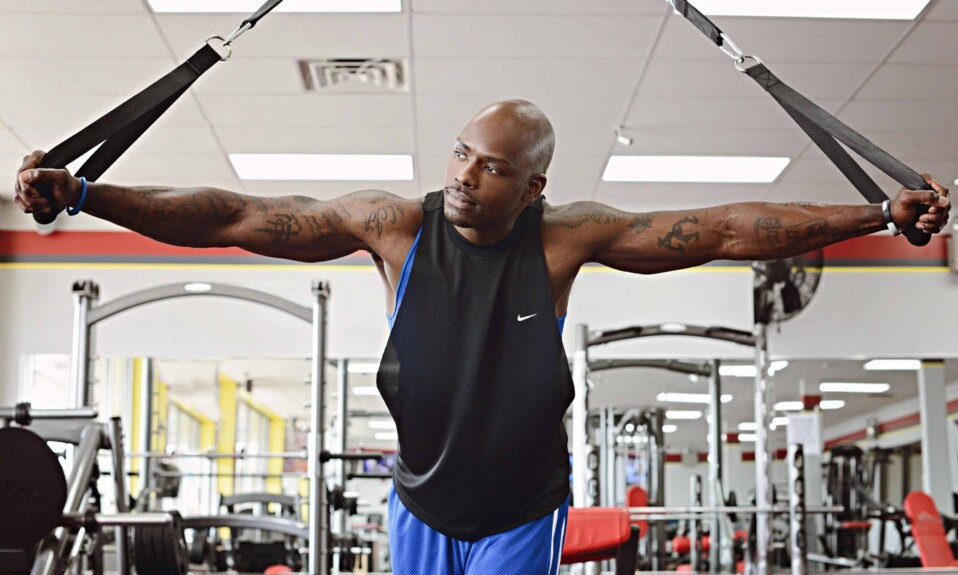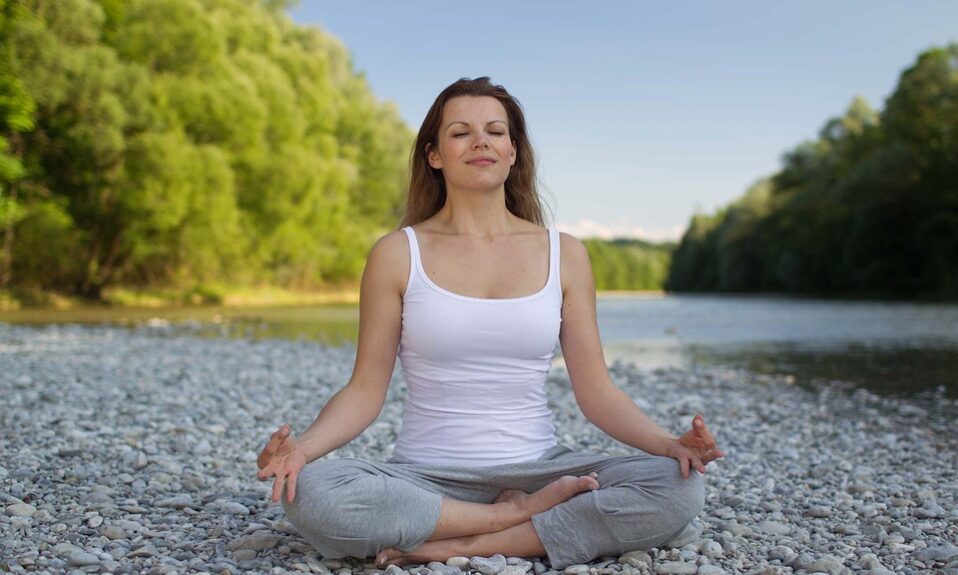Everyone has had those days when they are just so tired, stressed, and unmotivated that going to the gym is the last thing on their list of things to do. Some people have these days frequently, and before you realize it, you’ve gone from missing a few days of exercise to struggling to recall when you last went. Finding the time, motivation, and drive to work out might be particularly difficult at times due to the hectic and demanding nature of life, but it is always worthwhile because nobody ever looks back on their day and regrets having worked out.It’s not going to kill you to skip a session or two, and occasionally you do need time off to rest and recuperate. However, it’s crucial to avoid letting those days off turn into weeks or months off. So, the question is: How can we maintain our motivation so that we don’t come and go from the gym?
What are the best 3 ways of keep gym Motivation?
1ST STEP
Before starting an exercise regimen, you should set down your objectives. It’s critical that you understand your motivations for working out as well as your goals. Make sure you write down your goals, whether they are to look better, increase muscle, decrease weight, or have more energy.
Make an effort to set “SMART” (specific, measurable, attainable, realistic, and time-bound) goals for yourself. This is crucial so that you can assess your development and make adjustments based on the effort you are making. The secret to staying consistent is to constantly remind yourself of the benefits of your routine and your progress. When you have proof that what you are doing is effective, working hard is much easier!
2ND STEP
Having a plan is the next important step to routinely working out, since the most common excuse given by people for not working out is a lack of time. Therefore, in order to avoid losing track of time and missing your window of opportunity to work out every day, it is crucial to schedule your workouts for the days and times that work best for you. Calculate how long you think you’ll need to work out that day and plan your activities to make the most of the time you’ve set aside for your workout. If you want to continue being efficient and consistent, you must have a plan.
3RD STEP
Finding a workout buddy is a terrific strategy to help you stay motivated. Having a friend push you occasionally can add to the enjoyment of your workout and reduce the likelihood that you will skip sessions, even if it is not for every workout. You’re far more likely to succeed when you have someone to hold you accountable. Additionally, it’s a good idea to share your goals with that individual so they know what you’re aiming for during the workout and you can motivate yourself even more knowing that they know what you want to accomplish. Aim to derive a great deal of enjoyment from the exercises you select. There are many various forms of exercise, so figuring out what suits you and gives you the most results can motivate you to keep going. Recognize that regular exercise will assist you in improving your mood, promoting better sleep, boosting energy, and reducing weight and building strength, among many other benefits that will affect your day-to-day life. So, establish some goals, make a plan, and start moving!





